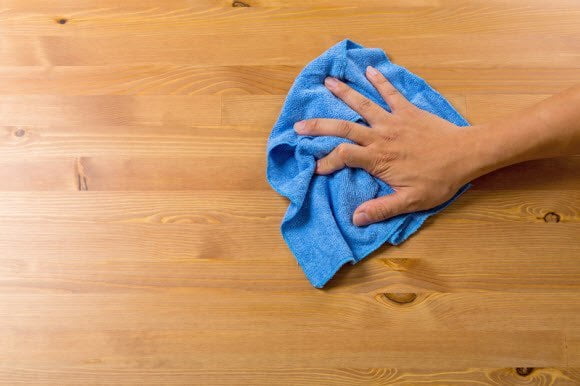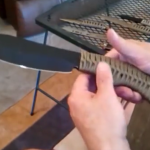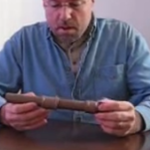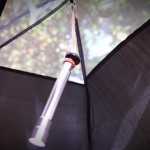How to Remove Fingerprints From Various Surfaces
There are a lot of reasons that you may want to remove fingerprints from surfaces that go beyond cleaning. Removing smudges and prints from items such as phone screens, keypads can remove signs of passwords or lock-patterns. You may also want to remove prints from keyboards or safe locks as well. Let’s take a look at some tricks for removing prints that involve some common items that you probably have lying around the house. Keep in mind that this article is not intended to teach you how to remove prints in conjunction with the commission of a crime or any illegal activity.
Wood

One of the easiest ways to get fingerprints off of wood is with wood polish and cornstarch. You can buy a commercial product or make your own. To make your own, add three drops of lemon extract to a cup of mineral oil and stir. Use a soft cloth to apply the polish to the affected area and follow the grain of the wood. Avoid using a circular motion as it will cause a smear to appear when finished. Next, apply a light coating of cornstarch to the treated area and buff out with a soft and dry cloth.
Painted Walls

The most popular option is to take a dab of toothpaste and apply it to the affected area with a damp cloth. Gently scrub in an up and down or side to side motion for a few strokes before rinsing with water and patting dry. Repeat as necessary. Another trick is to use baby wipes or some ammonia along with a microfiber cloth. Some people have also reported success by using some warm water and dish detergent. In both cases, make sure that you rinse the area and pat dry after application as well.
Phone Screens

Phone and device screens are treated with a special coating that is designed to repel oils from fingers and make cleaning easy. In fact, in most cases, all you need to do is use a fresh, clean microfiber cloth and clean from top to bottom in gentle, even strokes. If this doesn’t do the trick, try dampening the cloth a little bit and repeating the process. For stubborn prints, apply a small amount of ethyl alcohol or approved cleaning solution to the edge of the microfiber cloth and gently buff out the smudges in tight, circular motions. Dab with water and then pat dry to remove excess moisture.
LED Screens

Follow the same process illustrated for cleaning phone and tablet screens. However, you can also apply small dabs of window cleaner, vinegar or clear furniture polish to a clean and dry microfiber cloth as well. Avoid using ammonia or any products that contain ammonia as they can streak and permanently discolor the screen.
Plastic Surfaces and Glass

Surfaces that are not porous can generally be cleaned by using window cleaner, nail polish remover, vinegar or any other cleaner that is designed to break down oil. You can also use mild detergent and water with a damp cloth or newspaper to get rid of prints and smudges as well. Avoid using abrasive cleaners and make sure that you don’t use bleach to avoid discoloring the plastic.
Steel
You can use almost any cleaner to remove prints from steel surfaces. Some of the best options include warm, soapy water, white vinegar and a smooth cloth, soda water, lemon juice or glass cleaner. Again, try to avoid using abrasive cleaners as they may scratch the surface of the metal. Make sure that you pat dry the surface after cleaning.
Removing prints from sensitive areas can significantly enhance security by making it harder for people to detect patterns or impressions on devices, safes, keypads or other sensitive areas. Try these tricks out for yourself and feel free to share any additional suggestions that you may know about as well.














